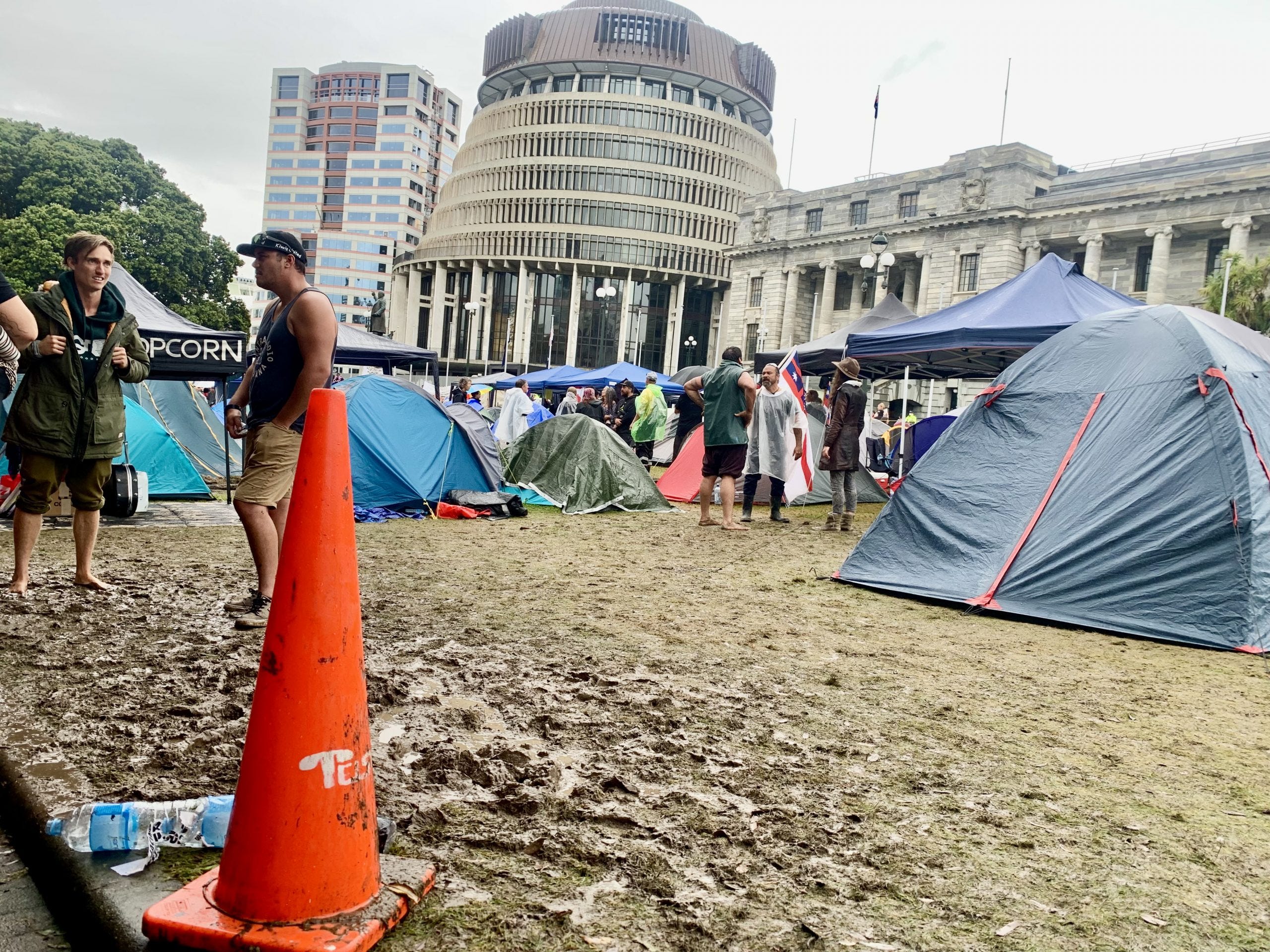Jon Miltimore
fee.org
Jonathan Miltimore is the Managing Editor of FEE.org. His writing/reporting has been the subject of articles in TIME magazine, The Wall Street Journal, CNN, Forbes, Fox News, and the Star Tribune. Bylines: Newsweek, The Washington Times, MSN.com, The Washington Examiner, The Daily Caller, The Federalist, the Epoch Times.
With more than 25 years of executive experience in the utility industry, people tend to listen when MISO CEO John Bear talks about energy.
And the message he’s sending about electricity shortages as Americans head into summer is clear.
“I am concerned about it,” Bear told The Wall Street Journal in an article exploring why power-grid operators are worried that electricity supplies may struggle to keep up with rising energy demands.
Bear is not some lone prophet foretelling doom.
From California to Texas to the Midwest, the Journal spoke to grid operators warning that conditions are ripe for outages, as plants pivot to new renewable energy sources.
These concerns are not unfounded. Evidence shows America’s power grid is increasingly unreliable and struggling to keep up with demand, and operators are bracing for rolling blackouts that could be arriving as soon as this year during heat waves and cold snaps.
‘Quitting’ Fossil Fuels?
Politicians and policy wonks often speak of “quitting” fossil fuels, as if they are a filthy habit or a narcotic like crack. But the reality is humans could not survive without coal, natural gas, and oil.
Despite their impressive growth, renewable energy sources—solar, wind, hydro and biomass combined—account for just 20 per cent of US utility-scale electricity generation.
Fossil fuels, on the other hand, provide 61 per cent of utility-scale electricity generation in the country. They heat and cool our homes, run our appliances, and feed the Teslas we drive.
While there is a great deal of excitement around the potential of renewable energy, one cannot simply replace a coal plant with a wind or solar farm and expect things will go just fine. These are intermittent energy sources, for one, but their construction and expansion has also been hit with delays for a variety of reasons, including inflation and supply chain bottlenecks.
“Every market around the world is trying to deal with the same issue,” Brad Jones, interim chief executive of the Electric Reliability Council of Texas, told the Journal. “We’re all trying to find ways to utilize as much of our renewable resources as possible…and at the same time make sure that we have enough dispatchable generation to manage reliability.”
The shift from filthy coal to clean energy has not always been smooth.
Last year, for example, Hawaiian officials were stunned to learn the coal plant they had killed had been replaced with a massive battery powered by oil, which one public official described as “going from cigarettes to crack.”
Green Energies Have Costs, Too
It’s true that fossil fuels come with tradeoffs. They can be messy and they emit greenhouse gasses. But the idea that “green” energies do not come with similar environmental tradeoffs is simply not true.
That electric car your neighbour just bought probably isn’t as green as he thinks. It takes tens of thousands of pounds of CO2 emissions to produce those fancy Tesla batteries, research shows.
Jason Hickel, an economic anthropologist, argues that renewable energy has the potential to be just as destructive to the environment as fossil fuels. While the phrase “clean energy” might conjure up images of beaming sunshine, rainbows, and gales of wind, the reality is far different.
Writing in Foreign Policy, Hickel noted the transition to renewable energy sources exacts a serious toll on the environment; it requires massive amounts of energy, not to mention the extraction of minerals and metals at great environmental and social costs.
A little-noticed World Bank study examined just the amount of material it would take to get to a “zero emission” economy.
“[The] results are staggering,” Hicekl noted, extrapolating using some basic arithmetic, “34 million metric tons of copper, 40 million tons of lead, 50 million tons of zinc, 162 million tons of aluminium, and no less than 4.8 billion tons of iron.”
It’s easy, of course, not to think about such matters, just like it’s easy to not think about the fact that there’s a good chance the lithium-ion battery powering your EV was made with cobalt mined by a child in the Democratic Republic of Congo, where the vast majority of the world’s cobalt is mined.
These are unpleasant realities, but they are realities nevertheless, and they remind us of an important economic adage popularized by economist Thomas Sowell: there are no solutions, there are only trade offs. (In economics, this idea is sometimes expressed as opportunity cost. It’s the idea that you must sacrifice something to obtain a product or service or experience, even if it’s simply your time or attention.)
When it comes to fossil fuels, many Americans tend to ignore their benefits and focus on their costs. When it comes to green energy, however, many of the same people do the opposite; they focus on the benefits and ignore the costs.
To be fair, in some ways it’s easy to forget just how fortunate we are to have fossil fuels. They are provided to us on a daily basis through the invisible miracle of the market, which sees them provided in seemingly infinite amounts, often (though not always) at relatively little cost.
If John Bear’s concerns prove founded, however, Americans may soon get a rather rude reminder this summer about the importance of fossil fuels.
“As we move forward, we need to know that when you put a solar panel or a wind turbine up, it’s not the same as a thermal resource,” Bear told the Journal.
This is good advice. Let’s hope the right people hear it.
This article was originally published on FEE.org. Read the original article.









